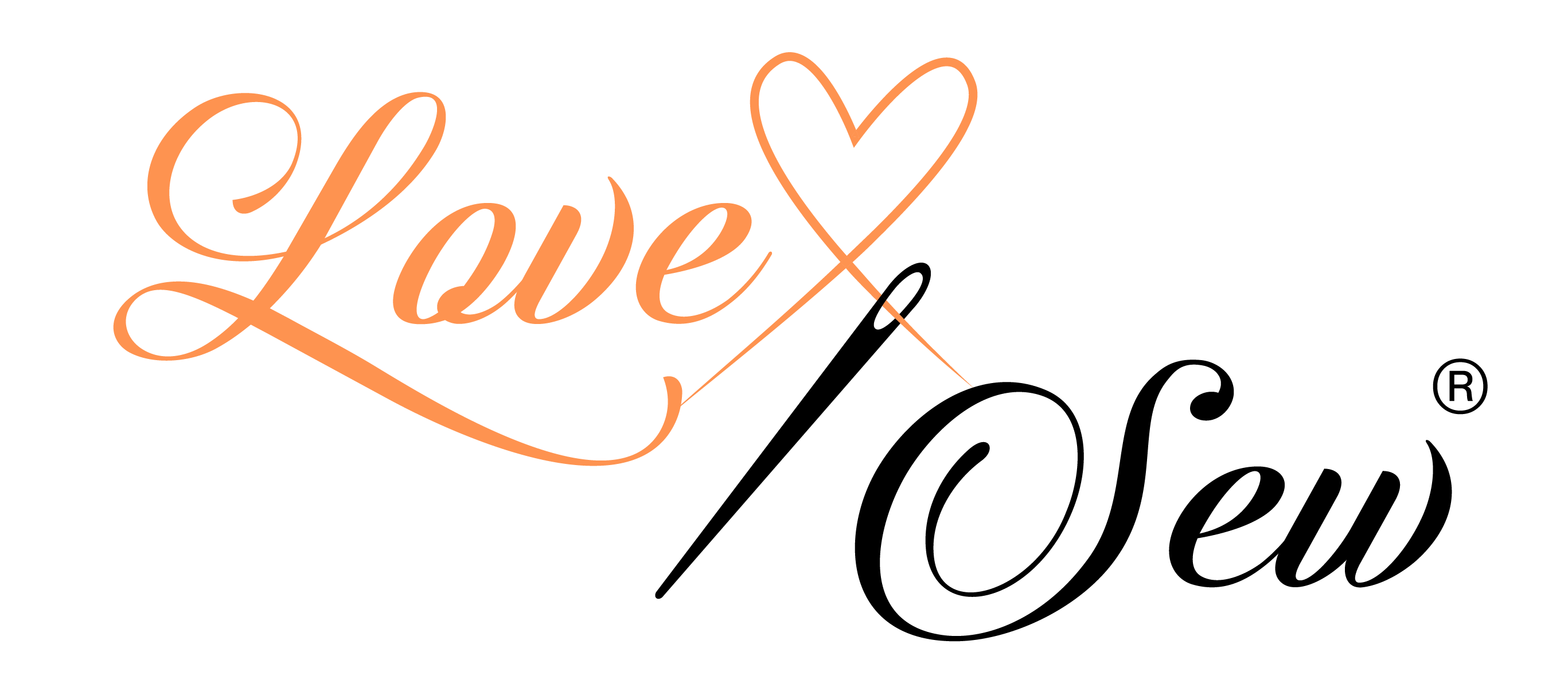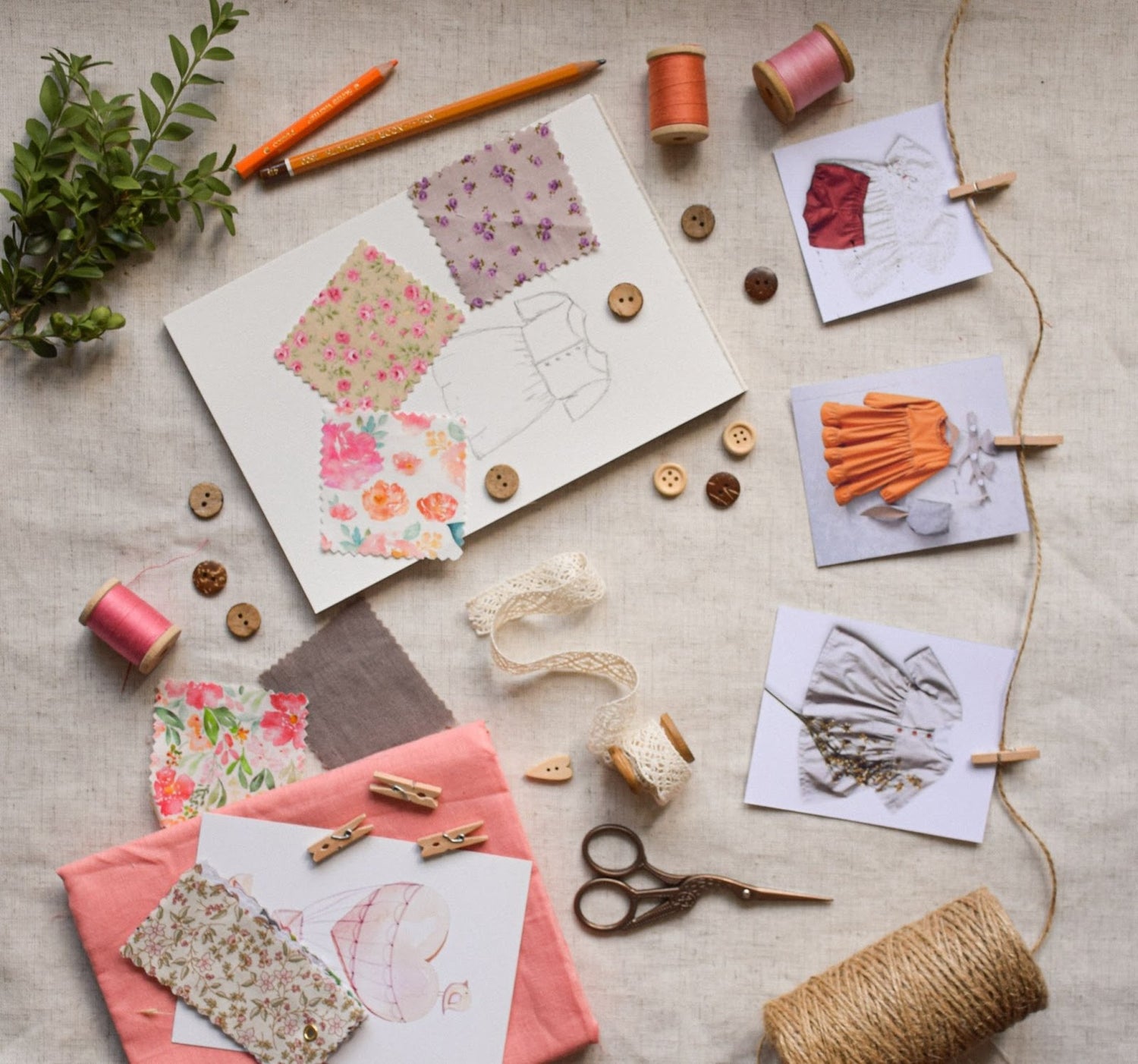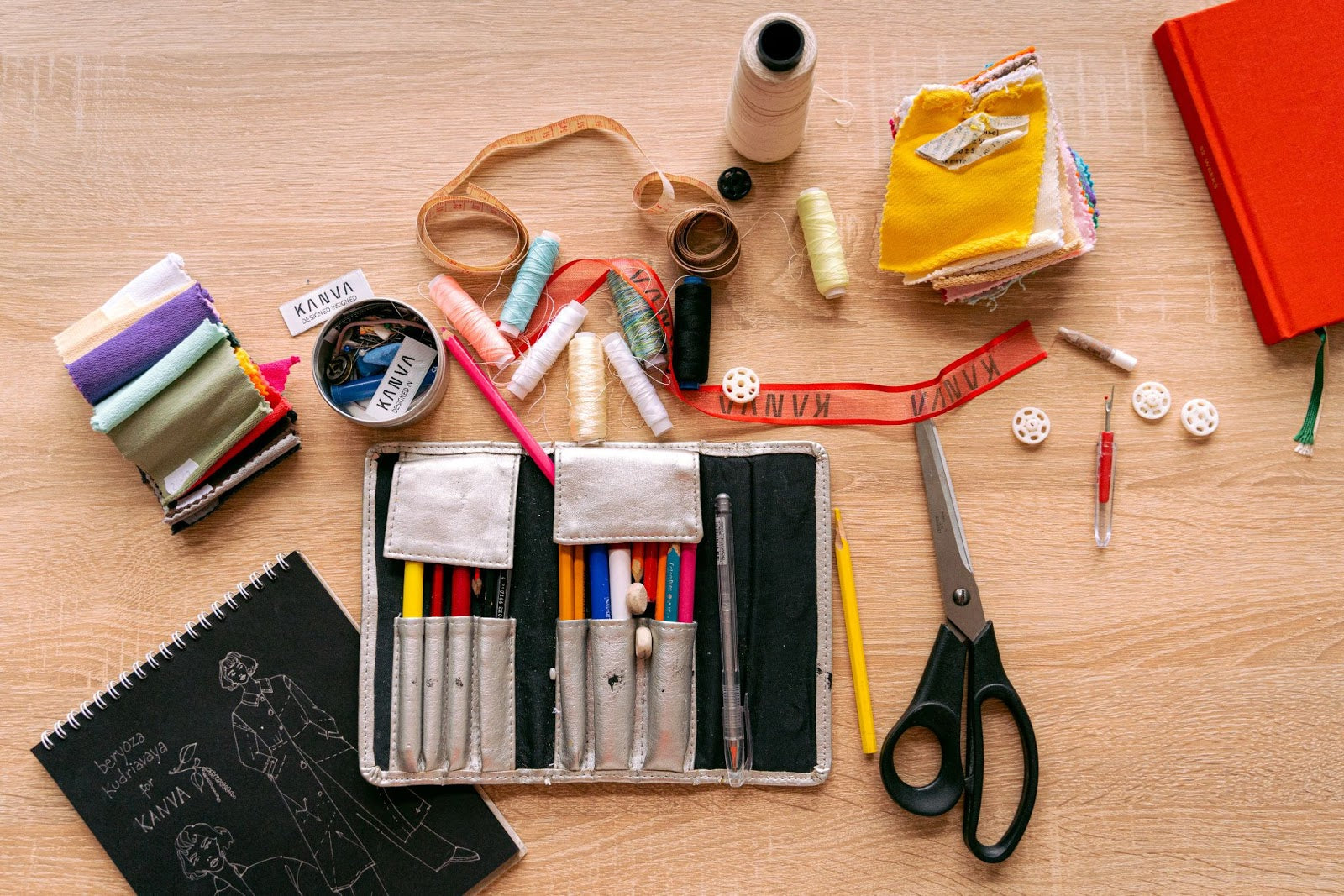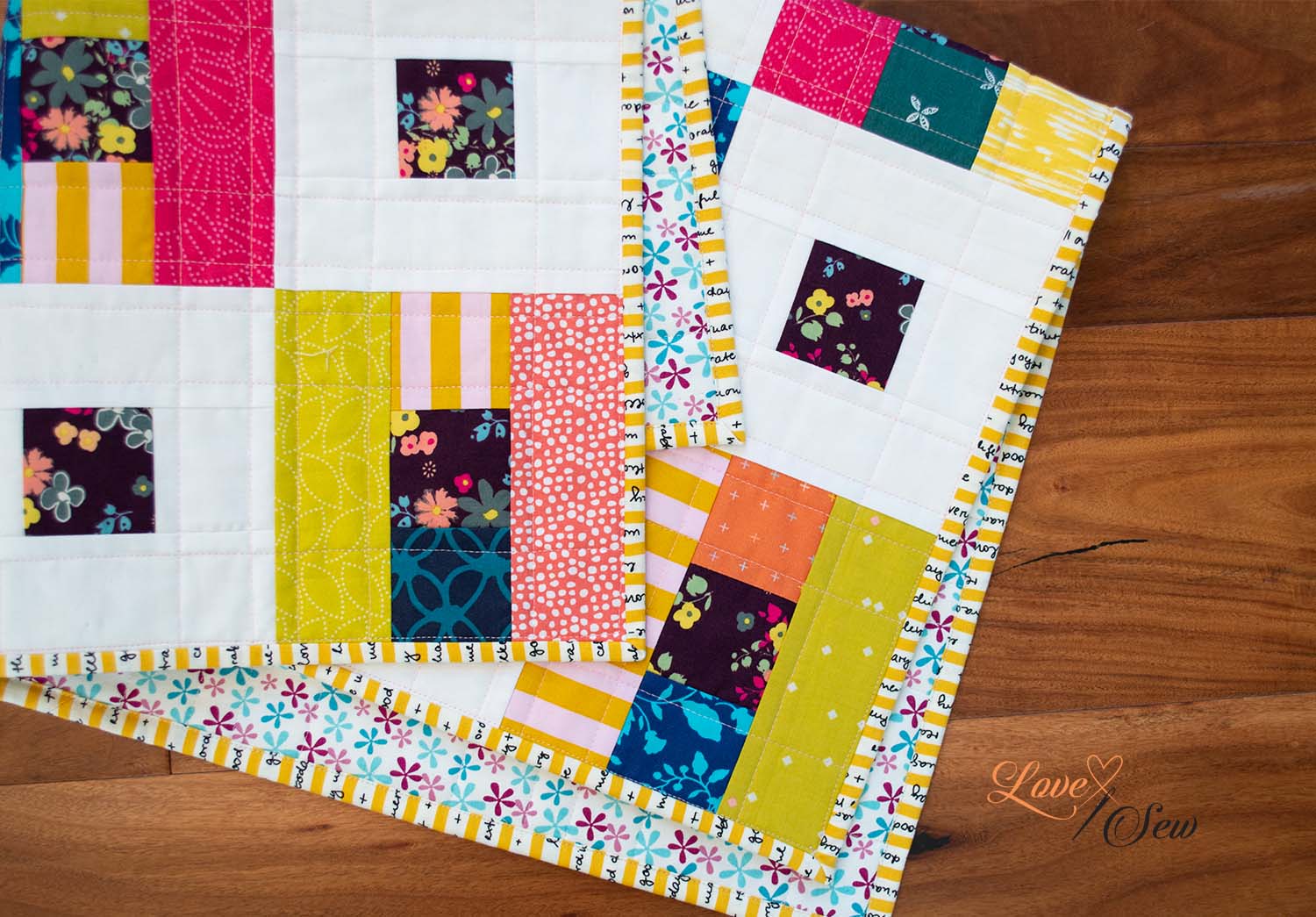There are many different ways for crafters and quilters to begin their next project. Whether you’ve been crafting for years or you’re just trying out a new artistic medium, knowing how to read a sewing pattern is an important skill when it comes to creating clothing, home décor, bedding and quilts, and more.
Sewing patterns can seem a little overwhelming the first time you take a look, but don’t worry. When you get the hang of the symbols and numbers, it can become much easier and simpler to achieve beautiful pieces. The more you know about reading sewing patterns, the more accessible it will be to begin creating some of your own in the future.
How Do You Read a Sewing Pattern?
Love Sew is here to help. We believe that sewing and quilting should be available to anyone who wants to try them out. That’s why we’re sharing our favorite resources and guides for taking the next steps on your creative journey, as well as the tools and parts that will make every stage of the sewing process as easy as possible. Here’s what you’ll want to know about reading your next sewing pattern.
The Importance of Sewing Patterns
Sewing patterns can vary, depending on who designed them, their age, and even what part of the world they come from, which can make the process feel frustrating, especially when you’re just getting started. But it’s important to stick with it. Here are just a few of the benefits of knowing how to read sewing patterns.
You’ll Save Time and Materials
When you don’t have a pattern, you can end up wasting a lot of time and materials simply trying to get the pieces to align or fit. Learning how to read sewing patterns can take time, as well, but will ultimately save you a lot more in the future.
You Can Try Bigger Projects
It’s easier to sew a basic quilt without a sewing pattern than a multi-piece dress or coat, for instance. While some crafters may have the skill and the eye for free-handing their next project, a sewing pattern makes the more ambitious and exciting pieces a lot easier to start. You’ll be able to take your skill to the next level with a sewing pattern.
You Don’t Need to Finish Right Away
Most big crafting and sewing projects won’t be done in a day—or even in several days. When you have a sewing pattern on hand, it’s easier to make notes about where you left off and begin the process again with fresh eyes. Without a pattern, we often lose our place and can stumble trying to get back on track.
You Can Recreate the Final Piece
Every piece you make is going to be one-of-a-kind, based on your specific crafting experience and the colors and materials you decide to work with. That said, if you’re interested in creating a dress you love in a different color or in selling variations of your work, a pattern will ensure uniformity and the opportunity to recreate with ease.
How to Read a Sewing Pattern
There are a few essential steps that go into understanding your sewing pattern and following it with ease. While sewing patterns may vary, especially if they are older, when you know how to interpret these important details, you’ll have a much easier time meeting every step and creating a final project that you can be proud of. Here are a few things to look out for.
Symbols
Do sewing patterns look like they were written in a different language? They actually kind of are.
Sewing patterns rely on symbols to indicate the steps. The number and type of symbols can vary, depending on how complex your pattern is, but the most common symbols will indicate elements like the grain and stitching lines, buttonholes, folds, and notches. When you’re just getting started, it can be helpful to have a sewing symbol key nearby.
Size Guide
It’s important to decide on what size final product you’re crafting before you begin. The sewing guide will provide information on how large each piece needs to be, which is essential when it comes to measuring and cutting your materials.
As with most clothing, the sizes are going to be an average, based on the models the pattern designer used. If you think a pattern size looks too large or too small, you can often trust your judgement or rely on previous experiences with the same pattern designer to create the perfect fit.
Fabric and Materials
When you’re just getting started, it’s a good idea to try out some simpler patterns first, which means fewer buttons and fastenings. Still, different fabrics have different requirements, and the pattern will likely indicate both what type of fabric is needed and any hardware that will be used for fastening or closing. Based on the size and the type of project, the amount of fabric will be recommended, as well.
Pattern Pieces
Even the simplest projects will have more than one piece. You’ll want to lay out the different pieces of the pattern, depending on what kind of final product you’re making, to ensure they’re all available and that they line up properly.
Sewing Level
One of the things you’re going to want to look out for when picking your next pattern is the sewing level. It’s important that we both challenge ourselves and that we practice with patterns at our skill level so we can get better and move on to bigger projects. Check the sewing level before you begin so you know if it’s a good pattern for you.
Tips for Reading Sewing Patterns
Until you have the pattern in front of you, it can be difficult to conceptualize what these different elements actually mean, but don’t worry. Here are a few tips that can help you when you’re first learning how to read a sewing pattern.
Take It Slow
There’s no rush to get your project done as quickly as possible. In fact, racing through patterns, especially when you’re not very familiar with them, can often lead to mistakes that we then need to go back and fix. Take the time you need to read through the entire pattern and then check each step and go back when you need help.
Use the Recommended Fabric
Different fabrics behave in different ways, which is why your pattern is going to specify the best fabrics for the job.
If you have experience with following sewing patterns, you may be able to make good substitutions, but avoid the temptation of just using whatever might be lying around. It may be the wrong match for the pattern and leave you feeling frustrated with your project or final outcome. If you’re trying to use up a fabric you have a lot of, seek out patterns that call for that type of material.
Keep Your Key Close
If you’re struggling to remember the different symbol meanings, you’re not alone. There are a lot of different things to keep in mind, so it can be helpful to have the ledger for the sewing symbols close by, so you can reference it as you go.
Don’t Be Afraid to Trace
There are two different ways to get your pattern, on paper or via downloadable PDF. When you download them, it can be difficult to get the right size, but a paper pattern is designed to be traced, so you don’t have to worry about missing any important lines or cuts.
In Summary
All of us have to begin somewhere, and there’s a lot of fun to be had in taking those first exciting steps toward your next great sewing or quilting project. If you’re just starting out hemming pants or if you’re looking to create something more complex, this guide to reading sewing patterns can help.
And so can your community. Not only is Love Sew here to support you on every stage of your sewing, quilting, and crafting journey, but we also want to help you connect with members of your community as you perfect and engage with your art form today and for years to come. Reaching out to other sewers at your level or with years of expertise behind them can be a great way to get the help you need, and don’t be afraid to ask the pattern creator for a little support, as well.
We have the tools and parts to get you started and the guides to help you make great projects. The only question is, which pattern will you start with first?
Sources:
Pattern Symbols in Sewing | Spruce
A Guide to All the Different Types of Fabric | Martha Stewart




Leave a comment
This site is protected by hCaptcha and the hCaptcha Privacy Policy and Terms of Service apply.